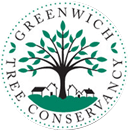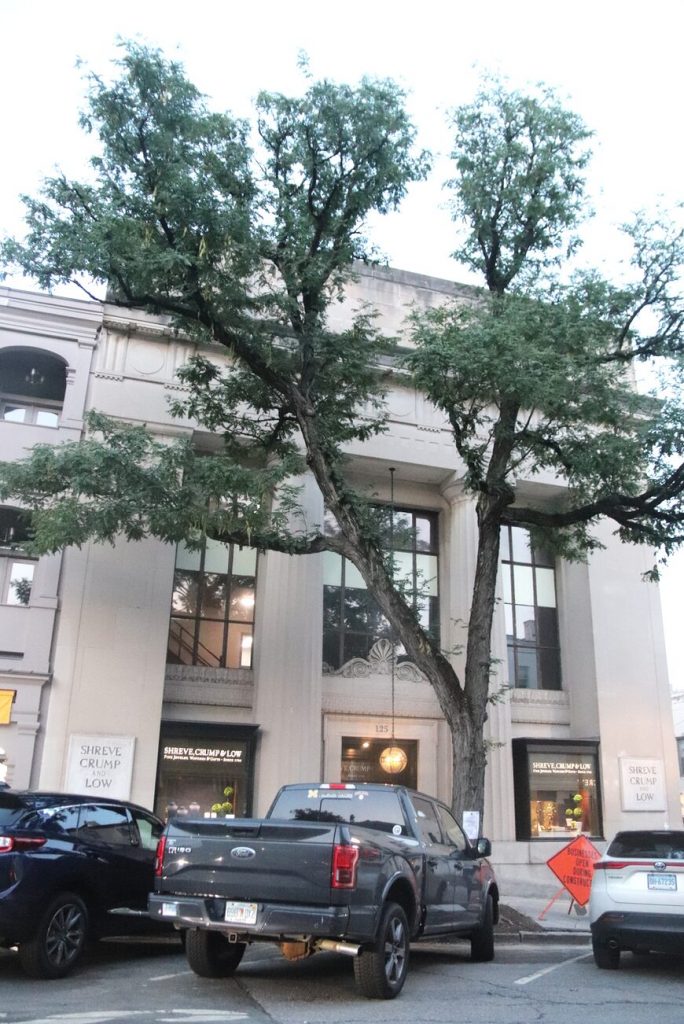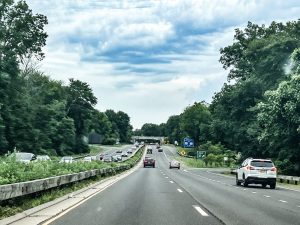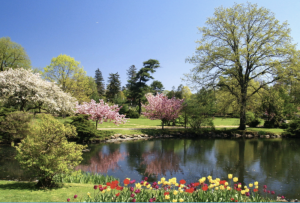But those efforts have raised the concerns of nonprofits dedicated to protecting some of the state’s trees and parkways who say that the department’s maintenance decisions can be haphazard and needlessly loss of mature trees.
CTDOT currently employs two Connecticut-licensed arborists within the Bureau of Highway Operations, and a department spokesperson told CT Examiner that four others on staff are in the process of obtaining a state arborist license. About 60 workers are assigned to tree maintenance.
Wes Haynes, executive director of the Merritt Park Conservancy, a nonprofit dedicated to revitalizing and celebrating the National Register and National Scenic Byway told CT Examiner that his group’s relationship with the construction side of the Department of Transportation is cordial and productive, but the maintenance side is another story.
“We don’t work very well with [maintenance] on that,” Haynes said. “Sometimes, they will get their wrist slapped by us and they don’t misbehave for a while and then, all of a sudden, they are back to taking [mature] trees down.”
Haynes said he believes the disconnect between the construction side and the maintenance side might be due to where the money comes from.
“The key is that there is federal money in the construction projects that triggers our participation.” Haynes said. “There is usually not federal money in the maintenance of the parkway and, therefore, maintenance feels they are independent of being good stewards of the parkway.”
Haynes suggested that a lack of funding might encourage a broader-brush approach to highway maintenance.
“They take down trees that they feel have to be taken down, but we do not always agree with them,” Haynes to CT Examiner. “They take them down, I believe, because they are wildly underbudgeted and, so, they get one shot at it. And, they say, ‘Well even if the tree isn’t a problem now it’s going to be a problem in five years, but let’s take it down prematurely now. So, there is no real planning that goes into the maintenance sector. They are pretty independent of the rest of the agency.”
But in emailed answers to questions sent by CT Examiner, the department suggested that what may seem like needless cutting to the untrained eye is necessary for the safety of vehicles on the state’s roadways.
“Dead, diseased and decaying trees must be removed. Trees that have grown into the ‘clear zone,’ which is the safe space along the side of the roadway, are also removed,” department officials explained. “This is to save lives in the event of a crash or vehicle leaving the roadway. A car crashing into a tree is like hitting a brick wall. Seventy-two people died between 2020-2022 due to crashing into a tree or having a tree fall on their vehicle…. Healthy trees are not removed unless they impact the clear zone and roadway safety.”
According to CTDOT, the department’s budget for tree maintenance has increased from $4.9 million in 2018, to $13.5 million last fiscal year and the department has had no difficulties hiring workers or employing sufficient numbers of trained staff.
The department told CT Examiner that its crews and outside contractors supervise, inspect and ensure safety while tree removal projects occur, and a Connecticut-licensed arborist and environmental planner review maintenance projects that involve tree cutting. A licensed arborist is not required to be on-site following initial evaluation, however.
Still, Haynes and others say there is a disconnect and that there needs to be more communication between CTDOT and conservancy and other groups.
Haynes noted that the maintenance division will often attend meetings of the Merritt Parkway Advisory Commission and “sometimes they will mention they are doing tree work and sometimes they do not. It’s completely random.”
JoAnn Messina, who has served as executive director of the Greenwich Tree Conservancy for the last 16 years, told CT Examiner that she’s often found that the maintenance division was uncommunicative as far as the number of trees that are taken down.
Messina estimated that “hundreds” of trees along the highway of I-95, the Merritt Parkway and Route 1 in Greenwich have been removed in the past year.
“They are supposed to talk to the town and the tree warden; but they often talk in generalities,” Messina said. “We need more communication. They need to realize that there is a benefit to having trees for the environment.”
There are currently several tree removal projects that are either currently ongoing or that were recently completed on the Merritt, especially in the Greenwich area, and in western Connecticut on I-84; and along the Route 7 Interstate in Norwalk and New Canaan.
Haynes said he’s hoping the state’s vegetation guidelines can be updated and “that we can get a new state policy that will help us protect the trees that do not need to come down and also to replant the trees that have to come down with new trees.”
Haynes said: “I think these are all fixable problems. We just need a little more enlightenment within the DOT and a little more trust in that we are not just out there to save every tree that is a threat to traffic. We want to keep the character of the parkway and the character of the parkway includes mature trees and young trees.”
Steven Trinkaus, who has a degree in forest management and whose business, Southbury-based Trinkaus Engineering, conducts civil engineering work, told CT Examiner that CTDOT “seems to be doing randomized clearing” of trees, especially near the Newtown and Southbury area along I-84.
Trinkaus said trees, even along the highways, have benefits.
Trees up to 10 years old “sequester about 13 pounds of carbon per year,” said Trinkaus, while trees between 10 and 80 years old, which are what is normal in New England, sequester about 48 pounds of carbon a year.
“That is great for the environment,” he said. “Trees have many benefits in that they provide shade, trees intercept rainfall and they can take in carbon dioxide and give you oxygen back.”
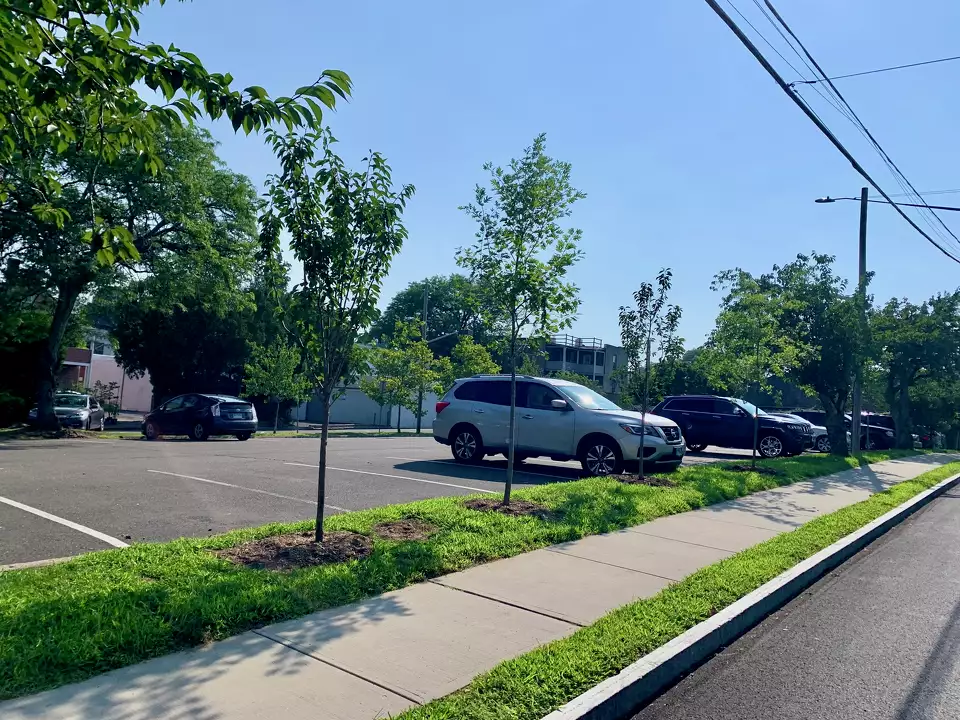 From the Greenwich Time:
From the Greenwich Time: